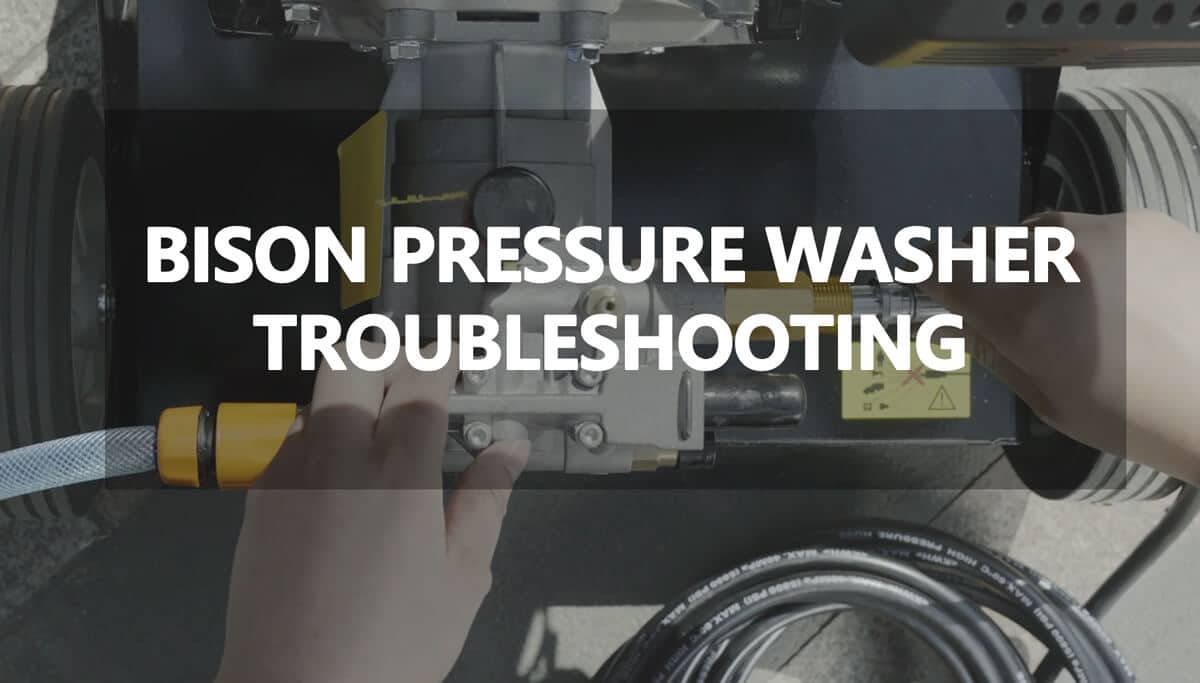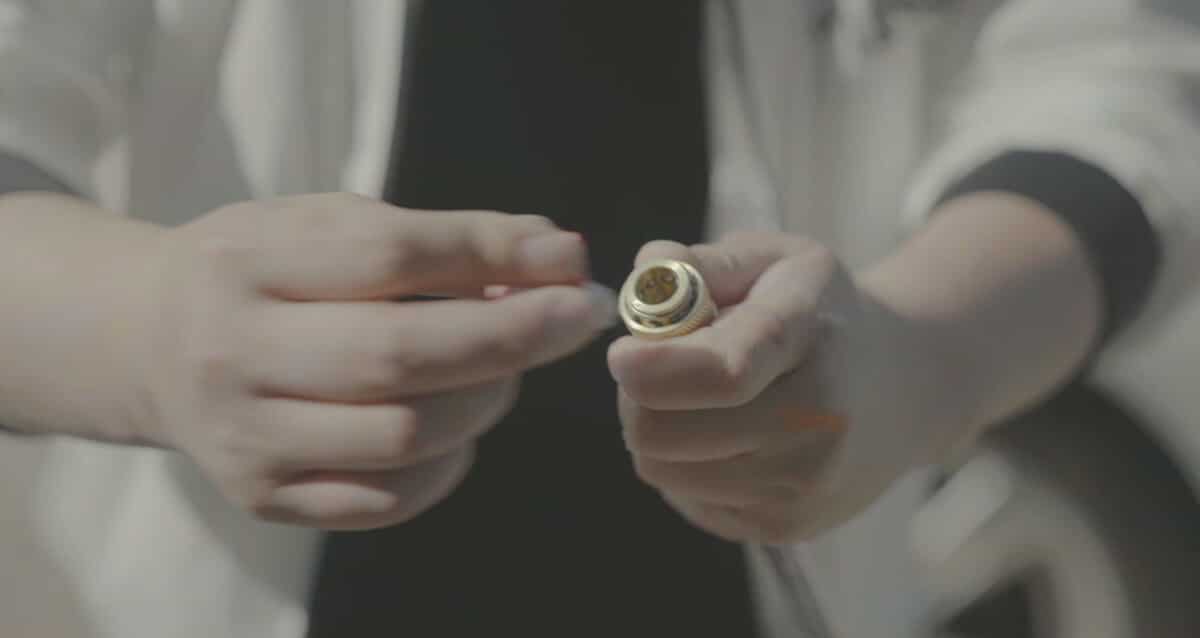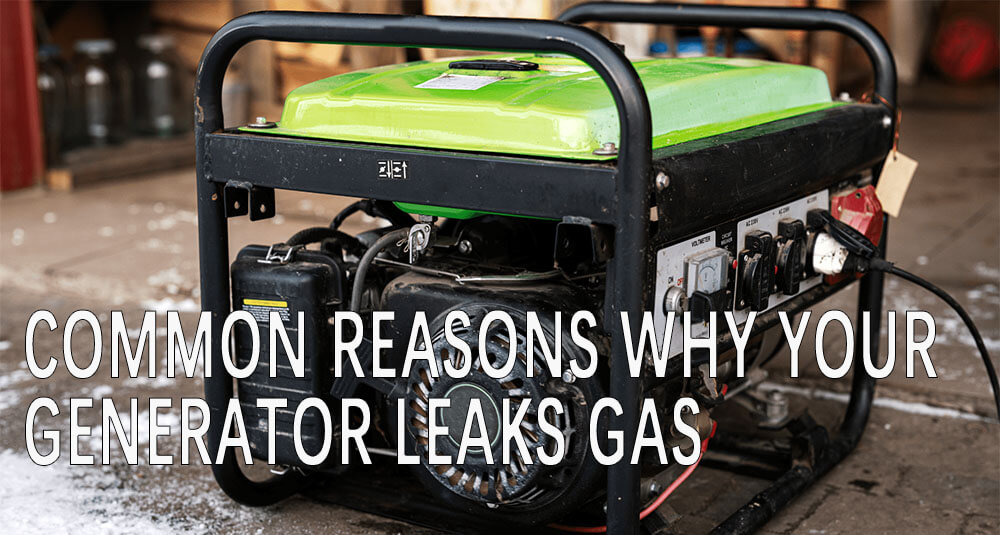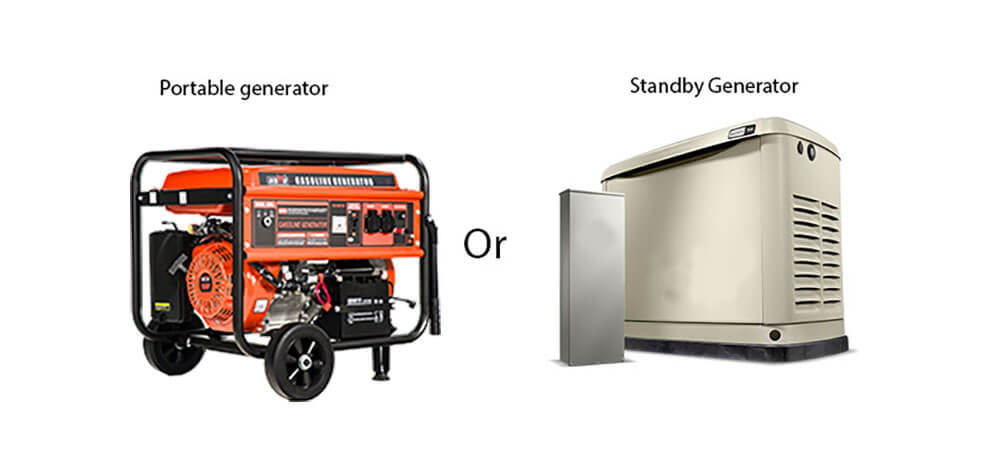Pressure washer troubleshooting
- By BISON
Table of Contents
Are you experiencing low water pressure but not sure why? Or maybe your pressure washer isn’t starting at all. Perhaps your device is experiencing a separate issue entirely. No matter your problem, you can rest assured knowing you’ve come to the right place. BISON is here to provide a complete guide to troubleshooting pressure washers! First, let’s talk about what pressure washer troubleshooting is.
What exactly is pressure washer troubleshooting?
Pressure washer troubleshooting is the process of identifying and solving machine problems. This can include low pressure, power outages, leaks, and other operational issues. Pressure washer troubleshooting aims to diagnose the problem and find a solution so the pressure washer will function properly.
So troubleshooting your pressure washer will vary depending on your problem. As you can imagine, this can get quite complicated, so it’s usually best left to the professionals.
However, if you own a machine and would like to try it out before entrusting the job to someone else, read on below.

Pressure washer troubleshooting: Explaining the most common pressure washer problems
Below, you’ll find some of the most common problems with pressure washers and tips for resolving them. Let’s start with low pressure.
Low pressure: Causes and solutions
This is usually the most common problem with pressure washers. The whole point of using a pressure washer is to remove stubborn dirt and grime from surfaces quickly and easily. However, when your equipment loses pressure, your machine becomes nearly useless. Several reasons can cause low pressure. These include clogged nozzles, clogged inlet water filters, or pump failure. It might even be the water supply itself, not the pressure washer.
Insufficient water supply, hose problems, and clogged nozzles
So start by checking the water source itself. If the pressure is good, determine if the problem is with the hoses carrying water from the water supply to the unit. Kinks or leaks can significantly reduce pressure. Once you’ve ruled out the hose issue, it’s time to check for clogged nozzles. Please remove it from the wand and remove any debris blocking the opening.
Next, check the inlet water filter
If the nozzle isn’t clogged, the inlet water filter may be blocked and cause trouble. The inlet filter removes debris and particles from the water before it enters the pump. If clogged, it reduces the amount of water flowing into the pump, causing low pressure. These filters need to be changed frequently, and it is best to replace them if you suspect they may cause your low-pressure problems.
If you still have problems, it may be a problem with the pump
If you’re still experiencing low pressure, your pump (where the pressure is generated) is probably at fault. If the pump’s seals are worn or starved of oil, this can cause low pressure. To check if the pump is the cause of the problem, you can check the pump for leaks or damage and check the oil level.
Water leaks: Causes and solutions
Leaks can be confusing and cause a decrease in PSI. They can be caused by worn or damaged seals/connections. Alternatively, the hose itself may be damaged.
Of course, water leakage may also be caused by improper assembly or use. So, consult the BISON manual and ensure your pressure washer is assembled and used correctly. Once that possibility has been ruled out, read through our pressure washer leak troubleshooting methods below—starting with evaluating the hose.
Hose punctured or torn
If you can see the source of the leak in the hose, the cause and solution will be apparent. You just need to replace the hose. Hoses wear out over time and need to be replaced frequently. To prevent this from happening in the future, try to keep hoses off the ground and avoid kinking them or running pressure washer over them.
Worn or damaged seals/connections
If you just see water spraying from the machine itself, pinpointing the problem’s exact source can be challenging. The problem could be worn or damaged seals/connections.
They are responsible for preventing water from leaking from the hose, spray gun, or pump. Look for signs of wear or damage, such as cracks or breaks. If a seal or connection is damaged, it must be replaced to stop the leak.
It is also essential to check the gun and wand for water leaks; if the gun and wand are not tight or the o-rings are damaged, this could cause a leak.
Loss of power or difficulty in starting the pressure washer: Causes and solutions
What to do if you can’t start your pressure washer? Or what if the pressure washer turns off unexpectedly during use? This can be caused by something as simple as a faulty outlet or low fuel. Let’s assume you’ve ruled out these possibilities. If so, something could be more complicated, such as a clogged air filter, worn spark plugs, or something else.
Power-related issues are less common when shopping for the best pressure washers, like the ones we offer at BISON. Even so, you might run into this issue – you can check to see if it’s one of the issues below rather than call it a day and sacrifice productivity.
Evaluate air filters
A clogged air filter is one of the most common causes of power problems. The air filter is responsible for removing debris and dust from the air before it enters the engine, and if it becomes blocked, it can restrict airflow and make the engine lose power or not start at all.
To check if the air filter is the cause of the problem, remove the air filter and check for any debris or signs of clogging. If the air filter is dirty, clean it or replace it.
Check and replace spark plugs
Another possible cause of pressure washer power problems is a faulty spark plug. The spark plug is mainly responsible for providing the spark that starts the engine.
To check if the spark plugs cause the problem, remove them and check for any signs of wear or damage. If the spark plugs are contaminated or damaged, they must be replaced.
Soap not draining: Causes and solutions
This is one problem you can’t live with. Adding soap to a pressure washer enhances its cleaning power. Suppose you’ve checked your detergent tank and ruled out low soap levels. If so, let’s consider the most likely culprit.
Nozzles or detergent tank clogged
This can happen when you leave the soap in the tank while storing it – the suds can form a scum that clogs the dispenser. If this is the problem, use a chemical cleaner to restore the tank to pristine condition.
Wrong nozzle for soap
There are tons of different pressure washer nozzles on the market. But choosing a soap nozzle for your pressure washer is especially important. Otherwise, the soap will not flow out properly. Also, you may end up damaging your device. Generally, you’ll want to use the black nozzle because it has the largest orifice.

Vibration noise: Causes and solutions
Just imagine – you may hear a strange vibrating noise from the device itself. Should you ignore the sound and keep cleaning? Of course not!
The various parts of a pressure washer are subjected to a lot of pressure and movement during operation, and over time, they may loosen or wear down. The problem could lead to more severe consequences and expensive repairs if left unaddressed. It would help if you did the following:
To troubleshoot vibration, first, try to pinpoint the noise source. From there, you can start inspecting all parts of your pressure washer, including the frame, wheels, handle, and hose connections. Look for loose or worn parts and tighten or replace them as necessary.
Pressure washers also have two specific components that are notorious for vibrating. These are the drive shafts or pumps. Check any of them and rule them out.
If the problem isn’t resolved by our suggestions above, the noise source could be a clogged water inlet or insufficient oil in the pump or engine. Therefore, check and troubleshoot these issues before scheduling a maintenance visit.
Questions about Pressure Washer Troubleshooting
What if you can’t find the reason?
Most of the time, pressure washer repair issues can be fixed at home in a few simple steps, meaning you can return to work in no time.
However, if after completing all of the troubleshooting tips above, you still cannot pinpoint the cause of your low-pressure problem, your best bet is to take your pressure washer to a professional nearby.
What happens if the pressure washer doesn’t have enough water?
All pressure washers have a minimum water pressure level required to work. The machine may burn out when running a pressure washer below this water level or with no water at all.
The reason is that the incoming water acts as a coolant, preventing heat damage to the water compressor, O-rings, and other internal components. To provide adequate cooling, the water must flow through the machine at a set rate, taking heat away from the machine as it exits the nozzles.
So as soon as you notice that the water pressure is too low, stop using the machine and start troubleshooting the cause.
How to prevent problems with your pressure washer?
Investing in regular pressure washer maintenance will keep your equipment running smoothly and prevent minor issues from turning into costly repairs. Also, purchase pressure washer parts and accessories from a reputable manufacturer like BISON.

Conclusion
BISON pressure washer troubleshooting guide should point you in the right direction on what might be holding you back from achieving your cleaning goals. We hope you are now more confident troubleshooting your pressure washer and getting it back up and running quickly. If you still have questions or would like advice from a BISON expert on your issue, please do not hesitate to get in touch – we are here to help with all your maintenance and repair needs.
Whether you are a business owner needing constant cleaning or considering starting a pressure washer business, don’t hesitate to get in touch!
Most Popular Posts
QUESTIONS?
CONTACT US TODAY.
buy?
Related Posts

diesel generator components
BISON will explore the key components of diesel generators and understand how each part contributes to their overall performance and reliability.

Common reasons why your generator leaks gasoline
In this guide, BISON covers common causes of gasoline leaks, warning signs to watch for, and how to fix the issue.

portable or standby generators: which one fits your needs?
This article by BISON breaks down the differences between portable and standby generators. By the end, you’ll find which one fits your needs best.
.png)
-qbpqbzxxvtguiuwezisu6wo6j1i29b4m1el1ir1u8o.png)

